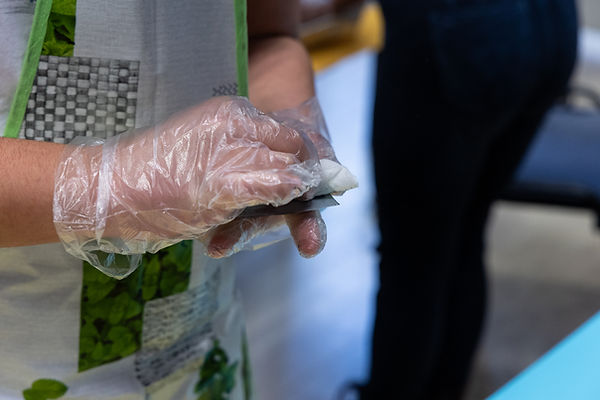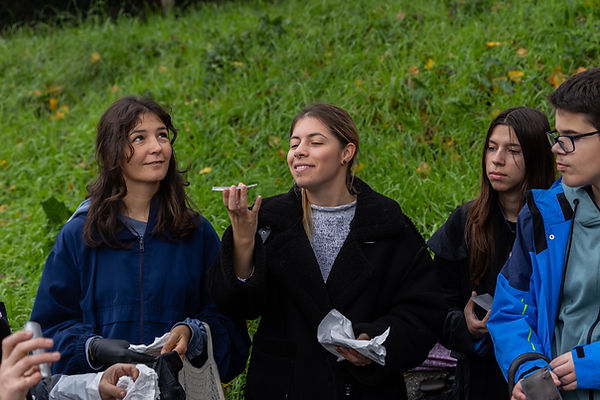In Montenegro, Podgorica is often described as a city of five rivers, giving space to the Morača, Ribnica, Zeta, Cijevna, and Sitnica. The most visible is the Morača, cutting through the heart of the city with its turquoise waters, wild in spring floods and shallow in summer heat. The smaller Ribnica was once central to the old town but nearly disappears in dry months. Yet its stone bridge remains a symbol of continuity.
The rivers of Podgorica have been witnesses to several abrupt changes ranging back to Ottoman fortifications, and socialist modernization and NATO bombings in modern times. Today, these history-ridden banks are enmeshed in social life that takes place simultaneously to activists warning about pollution and hydropower projects.
In the Montenegrin chapter, we might thus ask what kind of resonances we may capture in places where in multiple waters run together?
In Podgorica, these explorations took place via one workshop in collaboration with the Europe House, Podgorica and thanks to the assistance of Franziska Gradkowska.
Located under the Gorica and crossed by several rivers, Podgorica welcomed us with alternating rain showers and sunshine. When exploring the winding streets in the busy Montenegrin capital in which architectures of different times cross paths, the material that is at the core of the project - the aluminum drinking can - could be found in an unexpected abundance. s if we were picking mushrooms, we started to collect more than 300 cans within just a few hours of focused effort in the inner-city circle. Cans were caught in bushes along the riverbanks, left on the side of the road for the wind to blow away, washed deep into the soil in parks, and sprinkled like necklaces around building complexes. Besides the equally abundant plastic waste, these cans became a reminder of the simultaneity of human–nature entanglement and disparity. Swirled around branches or sitting on top of them, the waste turned into symbolic outgrowths of trees and bushes. The sight left many questions unanswered. While it was clear how much people cared about the place, the embedded nature-arsenals spoke of deeper tensions, unresolved relationships, and unclear ways of negotiating the co-existence of both amidst growth and development. The workshop showed people’s deep sense of engagement with the topic and their willingness to explore the themes and to think about what surrounds them in new ways.
























photo credit: Samir Lačević

